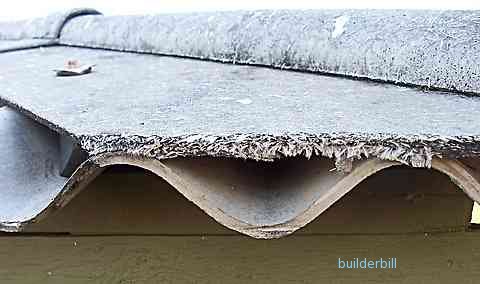 Lung cancer from asbestos exposure can be separated into 3 primary variants: 1) asbestosis, 2) damages of the pleura ( lining of the lung ), and 3) finally lung cancer.
Lung cancer from asbestos exposure can be separated into 3 primary variants: 1) asbestosis, 2) damages of the pleura ( lining of the lung ), and 3) finally lung cancer.- Asbestosis is the process of far-flung pocking of the lung.
- Damages of the lining of the lung, or the pleura, has a couple of symptoms and signs and is an effect of inflaming and the calcification ( hardening ) and/or lining tissue thickening.
- Lung cancer, both of the internal areas of the lung or the pleura ( outer lining ).
Asbestos related lung cancer happened at extremely high rates at the middle of the twentieth century, as people who were exposed years earlier by asbestos finally got cancer. British asbestos labors were amongst the earliest who were found to get lungs cancer associated with asbestos.
Many present patients were previously exposed by asbestos inside:
- mine,
- mill,
- Manufacturing plants, or
- Houses with asbestos, both in the process of transporting, putting in, or pulling out asbestos, or while cleaning items laden with asbestos dust.
- Car repair,
- boiler making,
- construction jobs,
- Pipe fitting,
- laundry of asbestos containing apparels.

 Asbestosis is an ailment where asbestos fibers induce pocking at the lungs and contribute to asbestos lung cancer; even so, it's not the kind of lung cancer. That sickness happens due to asbestos fibers which are small, yet perdurable; when they're breathed in, the lung's biological filtration mechanism is ineffectual to remove it from the air. Therefore, asbestos can get into the highly sterilized inner locations of the lung tubes. If asbestos fiber become deposited inside the lung lining, the lungs become somewhat inflamed, and that finally contributes to pocking of the lung linings.
Asbestosis is an ailment where asbestos fibers induce pocking at the lungs and contribute to asbestos lung cancer; even so, it's not the kind of lung cancer. That sickness happens due to asbestos fibers which are small, yet perdurable; when they're breathed in, the lung's biological filtration mechanism is ineffectual to remove it from the air. Therefore, asbestos can get into the highly sterilized inner locations of the lung tubes. If asbestos fiber become deposited inside the lung lining, the lungs become somewhat inflamed, and that finally contributes to pocking of the lung linings. Many asbestos lung cancer begins at the lining of the bronchial tube, the tube into which the windpipe or trachea divides. Even so, asbestos lung cancer may also start out in different places like the windpipe, bronchioles (little branches of the bronchial tube), or air sacs (lungalveolis). Even lung cancer often builds up gradually, when it happens, cancer cells may break out and propagate to other portions of your physical structure.
Many asbestos lung cancer begins at the lining of the bronchial tube, the tube into which the windpipe or trachea divides. Even so, asbestos lung cancer may also start out in different places like the windpipe, bronchioles (little branches of the bronchial tube), or air sacs (lungalveolis). Even lung cancer often builds up gradually, when it happens, cancer cells may break out and propagate to other portions of your physical structure.